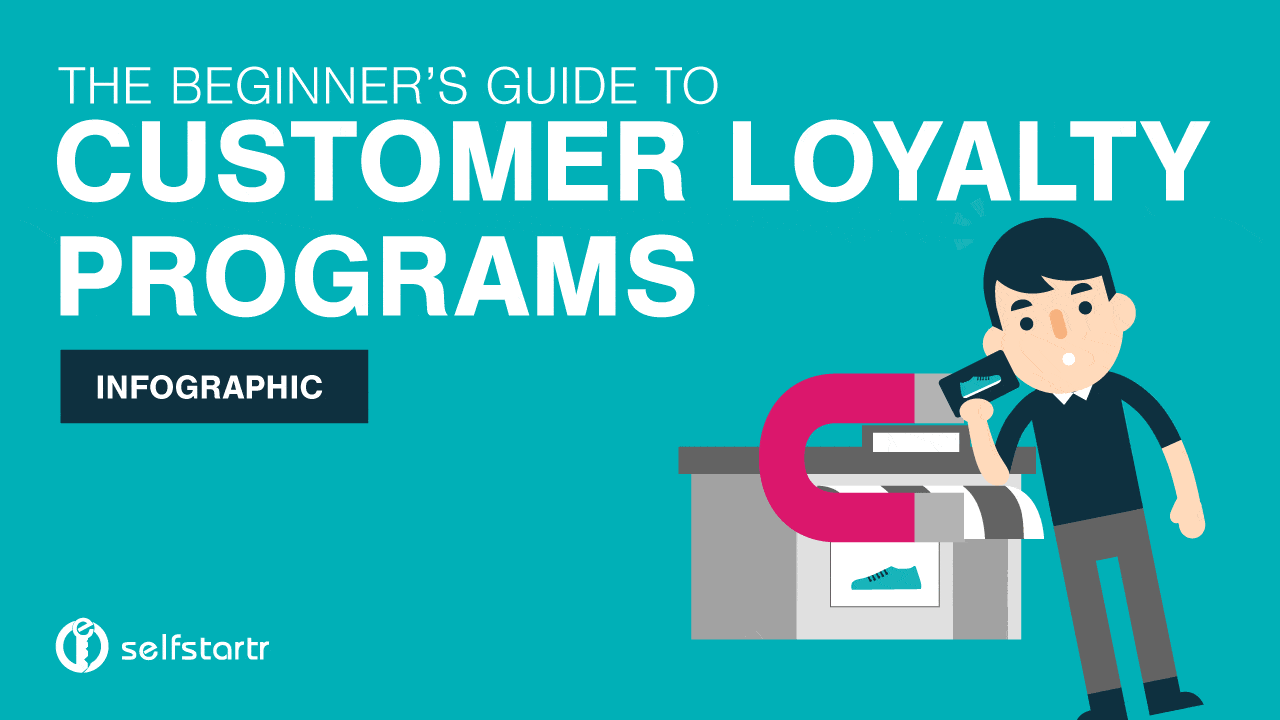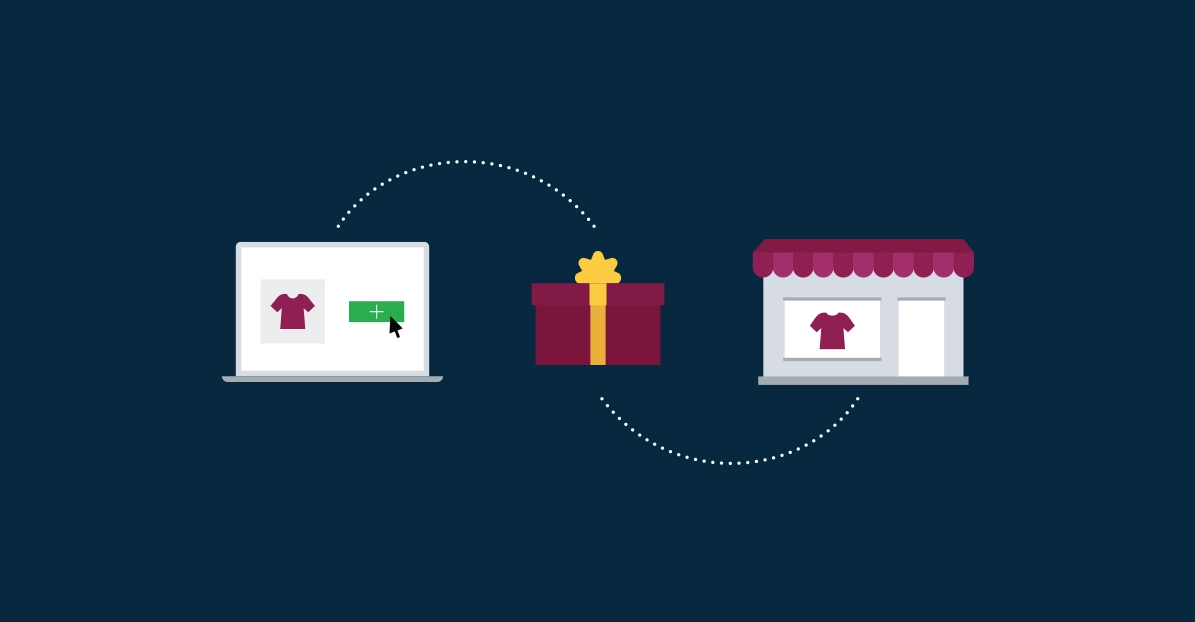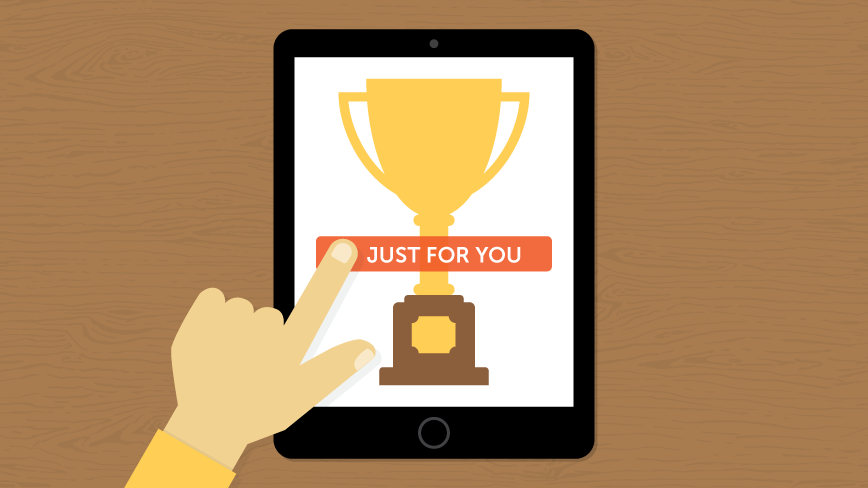All Categories
Featured
Table of Contents
In 44870, Riya Norman and Matthew Odonnell Learned About Online Sales

What if you could grow your business without increasing your spending? In reality, what if you could in fact lower your costs but increase your sales, year after year? Would you do it? If you're a company owner, then you'll likely offer a resounding 'yes', an easy response to an even simpler concern.
A rewards program tracks and benefits certain spending habits by the client, offering unique advantages to loyal consumers who continue to shop with a particular brand name. The more that the consumer spends in the shop, the more benefits they receive. Gradually, this incentive develops devoted clients out of an existing client base.

Even if you already have a reward program in location, it's a great idea to dig in and fully comprehend what makes customer commitment programs work, in addition to how to execute one that costs you little cash and time. Don't worry, I'll help you with that. I'll break down the main advantages of a loyalty program and the finest ways to produce faithful consumers.
Let's dig in. Client commitment is when a consumer go back to work with your brand over your competitors and is mainly influenced by the favorable experiences that the consumer has with your brand. The more favorable the experience, the more most likely they will return to go shopping with you. Client commitment is exceptionally important to businesses due to the fact that it will assist you grow your organization and sales faster than a basic marketing strategy that focuses on hiring new consumers alone.
A few methods to determine client loyalty include:. NPS tools either send a brand efficiency survey through e-mail or ask consumers for feedback while they are visiting a business's website. This info can then be used to much better comprehend the possibility of customer commitment. A repurchase ratio determines the ratio of repeat buyers versus one-time purchasers.
Consumer loyalty index (CLI). The CLI tracks customer loyalty with time and resembles an NPS survey. Nevertheless, it considers a few additional factors on top of NPS like upselling and repurchasing. These metrics are then used to assess brand name commitment. A client commitment program is a marketing method that rewards customers who make purchases and engage with the brand name on an ongoing basis.
Consumer benefits programs are designed to incentivize future purchases. This motivates them to continue working with your brand. Client loyalty programs can be set up in various ways. A popular consumer commitment program benefits customers through a points system, which can then be spent on future purchases. Another type of customer loyalty program may reward them with member-exclusive benefits or free gifts, or it might even reward them by contributing money to a charity that you and your customers are mutually enthusiastic about.
In 28540, Rhianna Huynh and Dennis Cisneros Learned About Customer Loyalty Program
By using rewards to your clients for being devoted and supportive, you'll construct a rapport with them, deepening their relationship with your brand and hopefully making it less likely for them to switch to a competitor. You've most likely seen consumer loyalty programs in your own shopping experience, whether at your preferred coffee shops or your most frequented grocery stores.
However even if everybody is doing it does not suggest that's a sufficient factor for you to do it too. The much better you understand the advantages of a customer rewards program, the more clarity you will have as you develop one for your own store. You will not be sidetracked by exciting advantages and complex commitment points systems.
Keep in mind: work smarter, not harder. Customer retention is the primary advantage of a benefits program that acts as a structure to all of the other benefits. As you offer rewards for your existing customer base to continue to buy from your shop, you will supply your store with a steady flow of money month after month.
By growing your retention rate, you can stop investing as much time or money on increasing your overall number of consumers. Why is this important? Loyal clients have a greater conversion rate than new consumers, meaning they are more likely to make a transaction when they visit your shop than a new client.
By increasing your retention rate by just 5 percent, you can increase your profits by 25 percent and as much as by 95 percent. Needless to state, your retention rate matters. Key Takeaway: If you wish to considerably increase your revenues, offer rewards for your existing customers to continue to patronize your shop.
And you won't have to invest money on marketing to get them there. Customer acquisition (aka bringing in brand-new customers) takes a great deal of effort and money to persuade total strangers to trust your brand, come to your store, and try your products. In the end, any cash made by this new client is overshadowed by all of the cash spent on getting them there.
Secret Takeaway: If you wish to decrease costs, focus on client retention rather of customer acquisition. When you concentrate on supplying a positive tailored experience for your existing customers, they will naturally tell their good friends and household about your brand name. And with each subsequent deal, loyal clients will inform much more individuals per deal.
In 30144, Annie Short and Martha Mcbride Learned About Happy Customers
The best part? Since these new clients came from relied on sources, they are most likely to turn into faithful customers themselves, spending more on typical than brand-new consumers brought in by other marketing efforts. The Chase Ultimate Rewards program, for example, provides major perks for people who travel a lot.
The 'ultimate rewards' that Chase cardholders receive include 2x points per dollar invested in all travel purchases in addition to main rental cars and truck insurance, no foreign deal charges, trip cancellation insurance coverage, and purchase security. For people who travel a lotand have disposable income to do sothere is an enormous reward to spend money through the ultimate rewards program.
This entire procedure makes redeeming benefits something worth boasting about, which is precisely what lots of cardholders wind up doing. And to help them do it, Chase provides a reward for that too. Key Takeaway: Make it easy for your clients to boast about you and they will get the word out about your look for complimentary.
When you get the fundamentals down, then utilizing a commitment rewards app can assist look after the technical information. Here are the actions to get going with creating your consumer loyalty program. No client wishes to buy items they don't want or need. The same opts for your commitment program.
And the only way to customize a tempting consumer loyalty program is by intimately understanding your customer base. The finest method to do this? By carrying out these techniques: Develop client contact information any place possible. Ensure your company is continuously developing a detailed contact list that allows you to gain access to existing consumers as often and as easily as possible.

Track client behavior. Know what your customers want and when they desire it. In doing so, you can expect their wants and requires and supply them with a loyalty program that will please them. Classify client personal characteristics and choices. Take a multi-faceted method, don't restrict your commitment program to just one opportunity of success.
Encourage social media engagement. Frame techniques to engage with your customers and target market on social networks. They will soon supply you with extremely insightful feedback on your product or services, permitting you to better comprehend what they anticipate from your brand. When you have worked out who your customers are and why they are doing service with your brand name, it's time to decide which type of commitment benefits program will encourage them to stay devoted to you.
In Michigan City, IN, Ryann Hayes and Nina Navarro Learned About Influential People
However, the most typical consumer commitment programs centralize around these primary concepts: The points program. This type of program focuses on fulfilling customers for each purchase they make with points in a point system. These points can then either be used on future purchases or put towards some form of reward.
The paid program. This kind of program requires clients to pay a one-time or yearly fee to join your VIP list. Commitment members who belong to this list are able to gain access to distinct benefits or member-exclusive advantages. The charity program. This kind of program is a little different than the others.
This is achieved by encouraging them to do service with the brand name and, in return, their loyalty will be rewarded with a contribution to a charity. The tier program. This kind of program concentrates on increasing levels of brand name loyalty. The more faithful a client is to a brand name, the higher tier they will climb to and the better the rewards they will get.
This type of program is just as it sounds, where one brand name partners with another brand to supply their collective audiences with exclusive member discount rates or deals that they can redeem while doing organization with either brand. The community program. This type of program incentivizes brand name commitment by providing its members with access to a like-minded community of people.
This type of program is relatively comparable to paid programs, however, the subscription fee takes place regularly rather than a one-time payment. Next, pick which client interactions you 'd like to reward. Base these benefits around which interactions benefit your business the many. For instance, to help your company out, you can use action-based rewards like these: Reward clients more when working with your brand name during a slow duration of the year or on a notoriously sluggish day of business.
Reward consumers for engaging with your brand name on social networks. Incentivize particular items you are attempting to move rapidly. Incentivize purchases that are over a certain dollar quantity. The concept is to make your client loyalty program as simple as possible for your clients to use. If your consumer commitment program isn't staff friendly, isn't simple to track, is too expensive to run, or isn't simple for your customers to utilize or understand, then staff and customers alike most likely won't make the most of it.
To get rid of these barriers to entry, think about incorporating a customer commitment software application that will assist you keep top of all of these elements of your program. Some quality customer program software include:. CandyBar is a digital punch card program. It works by tracking your client's purchases through an app on a computer, phone, or tablet.
In 7424, Hailey Clarke and Deacon Sparks Learned About Potential Clients
Loyalty members can then check their rewards by means of text message and entrepreneur can use the program to contact their consumers. Yotpo. Yotpo is a cloud-based consumer loyalty platform exclusively for eCommerce companies. This software application is particularly proficient at collecting every type of user-generated material, practical for customizing a much better consumer experience.
Loopy Loyalty is an useful customer loyalty software application for organizations that mainly utilize Google Wallet or Apple Pay as their payment platforms. The software develops a digital loyalty card that sends out push notifications to their customers' phones when they remain in close distance to their physical shop. Once you've taken the time to decide which consumer loyalty techniques you are going to carry out, it's time to start promoting and signing up your first commitment members.
Usage in-store advertisements, incorporate call-to-actions on your website, send out promotions by means of e-mail newsletters, or upload promotional posts on social media to get your customers to join. It's important to understand the primary advantages of a client rewards program so that you can develop a personalized experience for both you and your client.
Believe about it. You know what kinds of items your consumers like to purchase but do you understand what brings them back, day after day, week after week? What makes them choose your store over the shop throughout the street? What makes them your customer and not the client of your greatest rival? Remarkably, the answers to these questions don't come down to discount costs or quality products.
Latest Posts
Web Design - Wikipedia Tips and Tricks:
Awwwards - Website Awards - Best Web Design Trends Tips and Tricks:
Sustainable Web Design: Home Tips and Tricks: